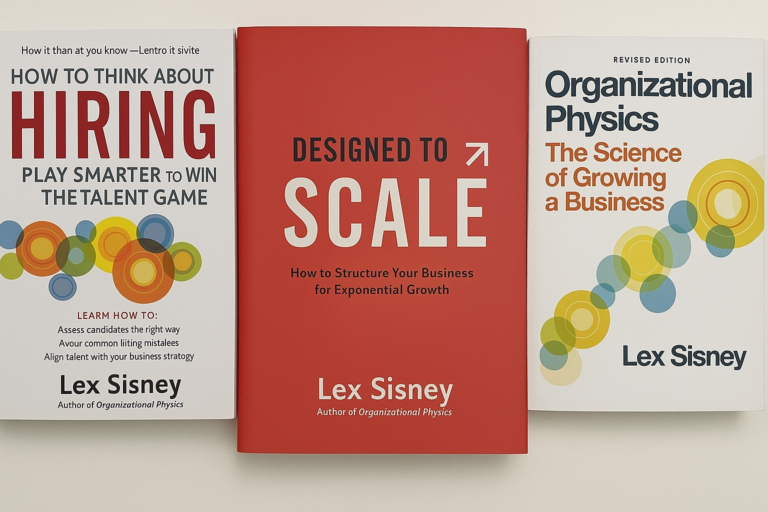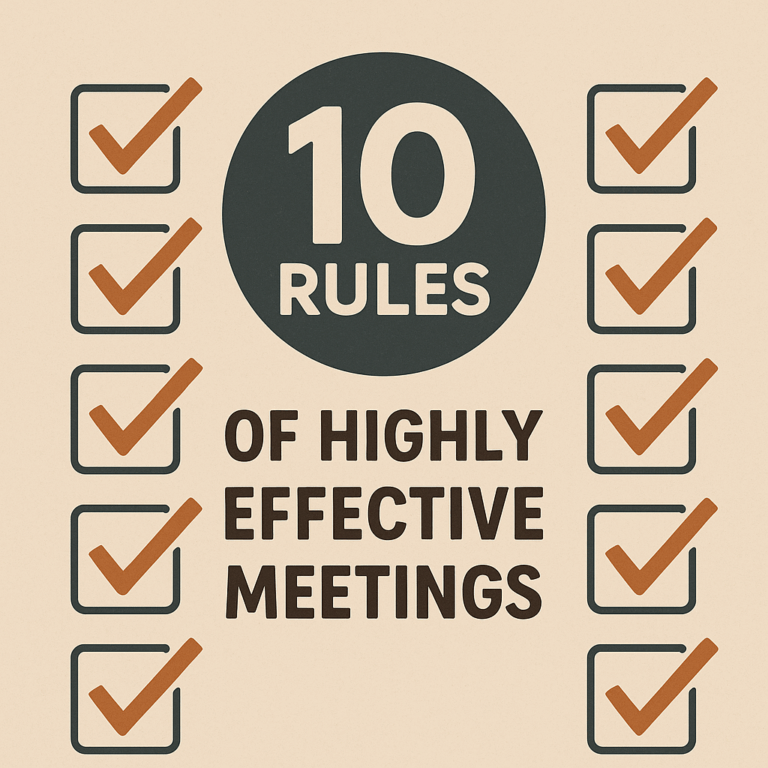
Why Entropy is Good
Summary Insight: Entropy isn’t your enemy—it’s your upgrade signal. Use breakdowns to drive breakthroughs. Key Takeaways: Stop resisting entropy—use it to surface systemic flaws and fuel innovation. The best leaders don’t solve problems; they manage polarity and trade-offs. Let go








